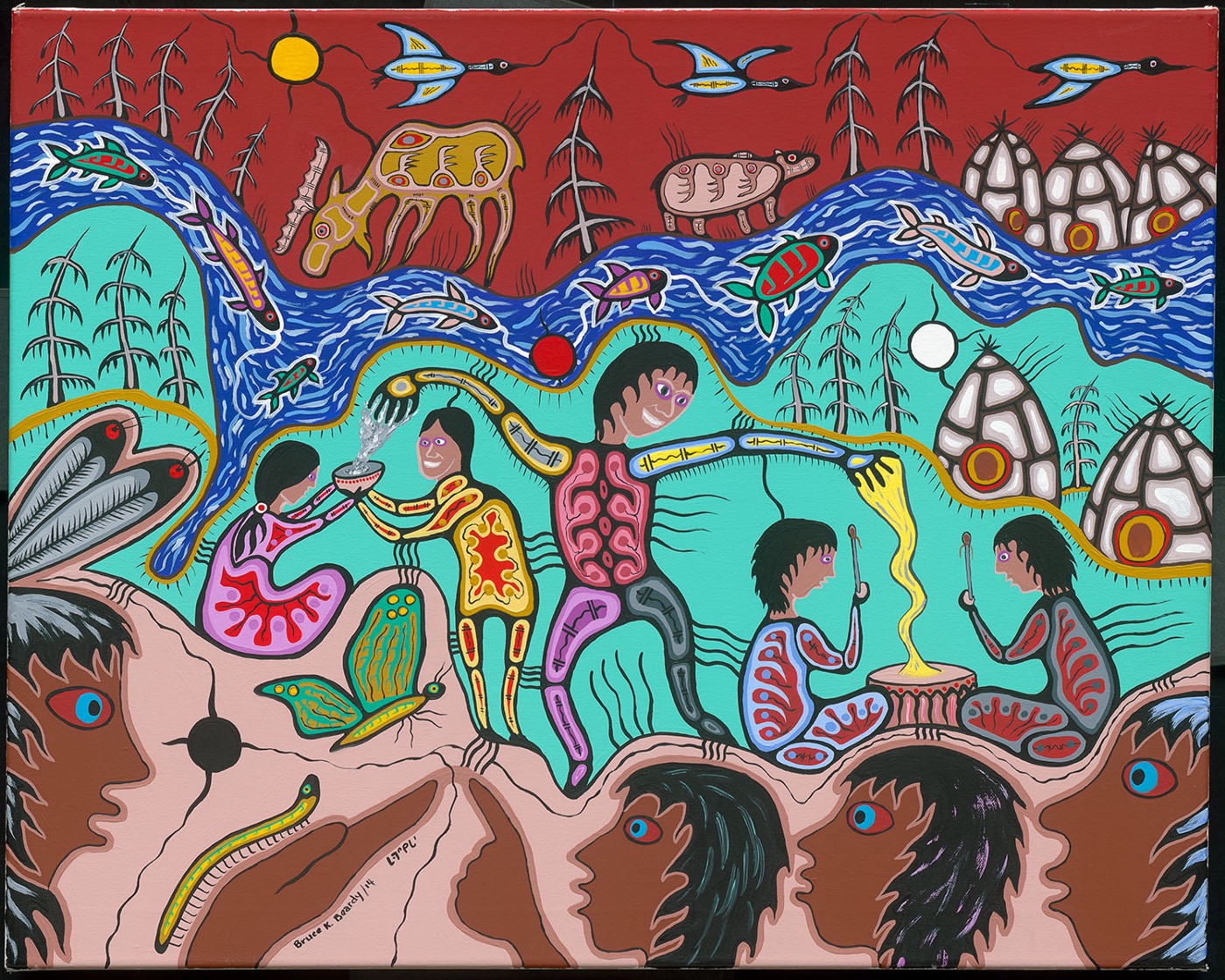
“One of the things I love about my small northern Minnesota community is that we look out for each other. I can’t count the number of people who checked in at the school before the holidays to be sure all our families had food and other necessities over the break. And when the weather turned cold, they brought in coats and hats to make sure the kids would be warm through our subzero winters.
My school, King Elementary, is a hub for this kind of community care. Our district is implementing a model of education called full service community schools (FSCS) that encourages and embraces the school as a community care hub.
A lot of people think community schools are only found in urban areas, but our rural needs are well-served by this model. Our elementary (preK-5) and high school (grades 6-12) serve a 540-square-mile area; the largest town (where the schools are located) has fewer than 1,000 people; and some of the communities we serve are 20 to 30 miles away. Our district has a 70 percent free and reduced price lunch rate; 51 percent of our students identify as Native American; and another 9 percent identify as people of color. This mix of 60 percent students of color, rural remote living and high rates of poverty demands a holistic approach to school success by the district — a full service community schools approach.”
Read the full story here.